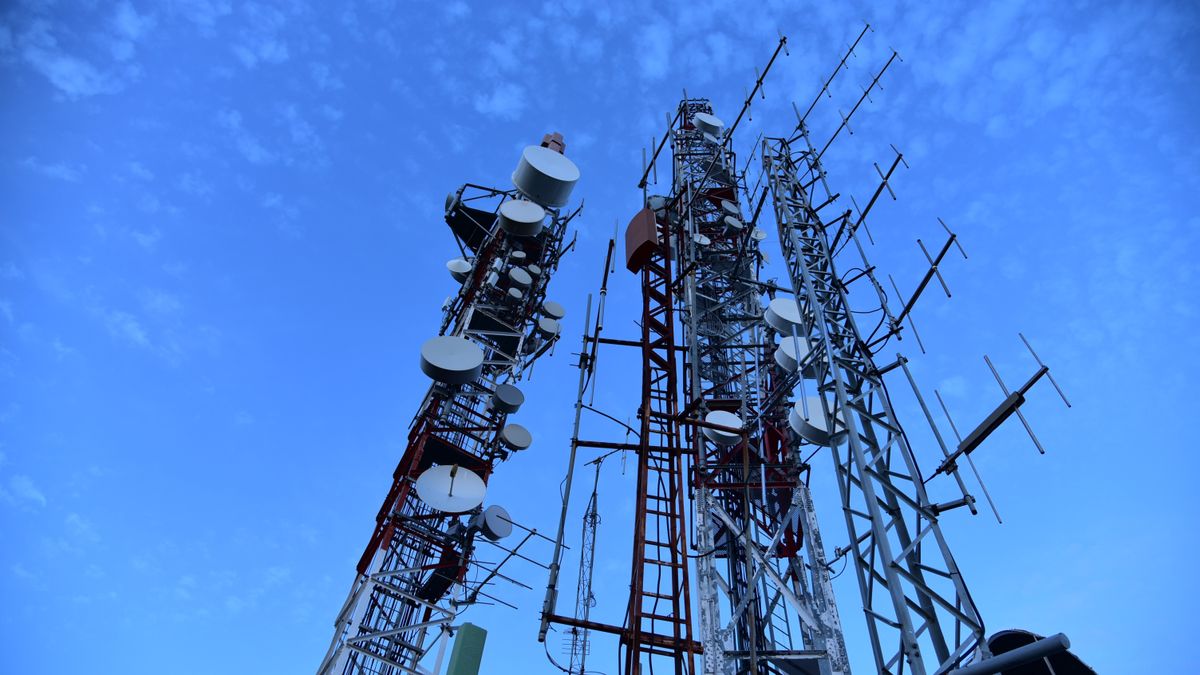
As the UK advances toward the planned shutdown of 2G and 3G mobile networks by 2033, concerns have emerged about the impact on smart meters. The Public Accounts Committee estimates that approximately seven million smart meters could become non-functional with the discontinuation of 3G networks.
This issue is significant because smart meter readings are crucial for enhancing the efficiency, sustainability, and cost-effectiveness of the electricity network. Utilizing half-hourly data from these meters is projected to save consumers between £1.6 billion and £4.5 billion on their energy bills by 2045.
However, the potential decommissioning of smart meters should not be the primary concern for utility companies. A more pressing issue is their reliance on outdated Time-Division Multiplexing (TDM) systems, a communication method used to control and monitor critical grid infrastructure. It’s widely accepted that these systems lack the precision and e bandwidth, required to run modern, efficient power networks.
Head of Mobile Networks Europe at Nokia.
The importance of flexibility
With the push to decarbonize economies, the installed capacity of renewable energy is expected to grow significantly by 2050. The transition to renewable energy sources (RES), coupled with economic and population growth, will cause electricity demand to soar—increasing by 40 percent from 2020 to 2030 and doubling by 2050.
Wind power and solar radiation are not consistent from hour to hour. Solar and wind farms energy production in Europe have been known to fluctuate between 0 to 23 and 24GW of energy respectively during peak times. This variability presents challenges when integrating these power supplies into the grid.
To manage this uncertainty of supply, utility companies must focus on becoming more flexible and scalable to handle the ongoing fluctuations in grid power availability and central to that is their communications. Legacy TDM systems were designed to work with a fixed number of channels and time slots, limiting flexibility to adapt to changes in the communication needs of an application.
In contrast, wide-area private wireless networks offer the adaptability needed to respond to changing demands without extensive infrastructure modifications. These networks can scale up or down as needed, enabling utility companies to track and manage Scope 1, 2, and 3 emissions effectively. These networks have ubiquitous connectivity across large campuses sites, indoors and outdoors – ensuring superior connectivity regardless of geographical parameters.
Economic benefits of wide-area private wireless networks
While the initial investment in establishing a private wireless network can be substantial, the long-term savings and returns are significant. According to Nokia’s 2024 Industrial Digitalization Report, enterprises are increasingly leveraging private wireless networks for use in industrial sites, like power and utility plants. Of these enterprises, 93% achieved ROI within 12 months, with some seeing returns in just one month. These savings are largely due to improved operational efficiency and reduced overall business costs.
The role of private network operators
The importance of dedicated spectrum bands for the utilities sector has been emphasized by Ofcom. Spectrum bands such as 410 MHz, 450 MHz, and 700 MHz are crucial for supporting future operational communication needs, especially for advanced metering infrastructure (AMI). These dedicated bands ensure that utility companies have the necessary bandwidth to support critical applications. However, legacy TDM systems fail to utilize existing bandwidth. Within legacy TDM systems certain time slots may remain unused if no signals are sent during a particular slot.
In contrast to this, private network operators can provide tailored solutions to utility companies, ensuring seamless integration with wide area networks (WANs), local area networks (LANs), and neighborhood area networks (NANs). This integration supports various applications with differing requirements, providing a flexible and reliable communication infrastructure for utilities companies that utilizes the full extent of the bandwidth available to utility companies.
Adaptability of private wireless networks
Private wireless networks offer a future-proof solution that can evolve with technological advancements, such as the transition to 5G. This adaptability ensures that utility companies remain at the forefront of technological innovation, unlike legacy TDM systems that lag behind due to a fixed number of channels and time slots dividing bandwidth. Private wireless networks can be continuously upgraded to support new standards and technologies, ensuring long-term viability and relevance.
The phase-out of 3G networks, while significant, shouldn’t be what’s keeping utility executives awake at night. . The greater challenge lies in the continued reliance on outdated TDM systems. By focusing on the adoption of wide-area private wireless networks, utility companies can ensure flexibility, sustainability, and scalability. This shift not only addresses the immediate challenges posed by the 3G shutdown but also positions utilities for long-term success in a rapidly evolving technological landscape.
This article was produced as part of TechRadarPro’s Expert Insights channel where we feature the best and brightest minds in the technology industry today. The views expressed here are those of the author and are not necessarily those of TechRadarPro or Future plc. If you are interested in contributing find out more here: https://www.techradar.com/news/submit-your-story-to-techradar-pro
Services Marketplace – Listings, Bookings & Reviews
